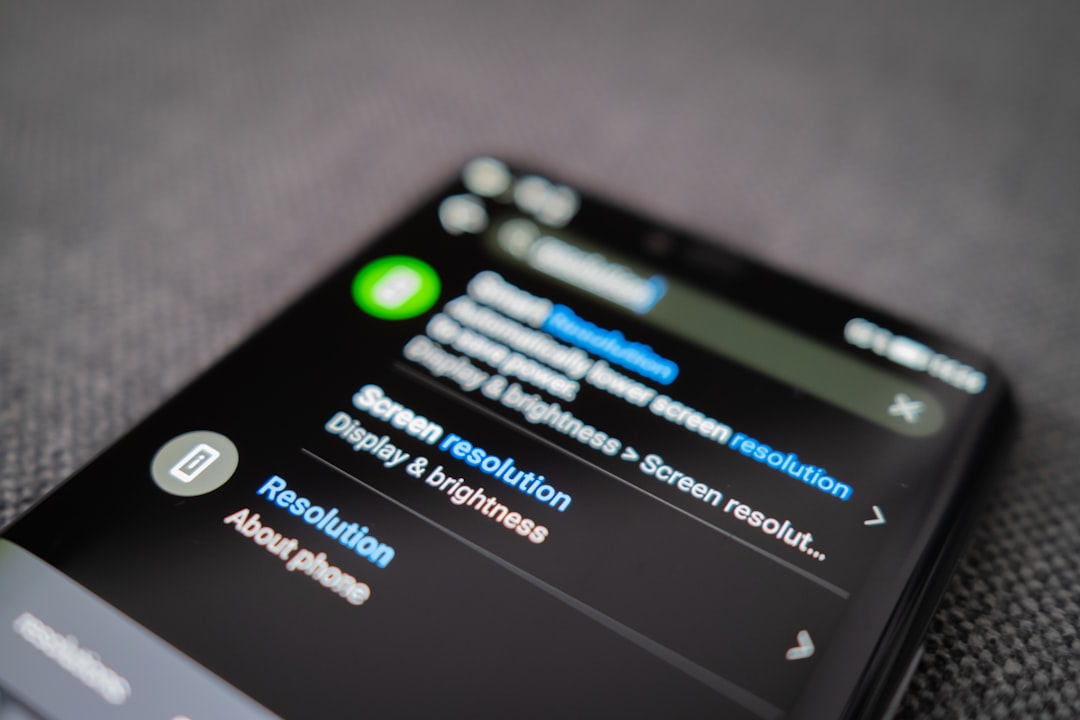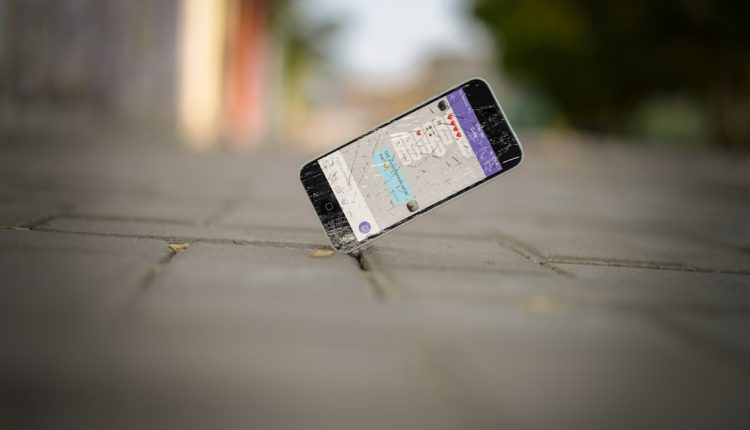We all know how handy Google Maps is. Need to get from point A to point B? Boom — directions. Looking for a nearby coffee shop? Done. But Google Maps isn’t the only mapping tool out there. In fact, there are some awesome open-source alternatives that can do many of the same things. And the best part? They don’t track your every move.
Let’s dive into the world of open-source mapping and discover some fun, simple, and privacy-friendly tools that you can use instead of Google Maps.
Why Look for Alternatives?
Table of Contents
- Privacy: Google tracks your movements and search history.
- Control: With open-source tools, you can often customize features.
- Community: Open-source maps are built by people who care.
- Offline Use: Some options work great without an internet connection.
Plus, it’s just plain fun to support independent developers and projects!
Top Open-Source Alternatives
1. OpenStreetMap (OSM)
This is the king of open-source mapping. OpenStreetMap, or OSM for short, is a giant, user-created map of the entire world. It’s like Wikipedia, but for maps.
Anyone can contribute. Anyone can use the data. It’s completely open.
Features of OpenStreetMap:
- Detailed streets, buildings, and parks.
- Walking, biking, and driving routes.
- Add your own markers or layers.
OSM itself is just the map data. But many apps and tools are built on top of it. Let’s explore a few.
2. OsmAnd
OsmAnd (OSM Automated Navigation Directions) is like a fully-featured GPS in your pocket. It uses OSM data and works both online and offline.
Cool features of OsmAnd:
- Download whole countries for offline use.
- Turn-by-turn voice-guided navigation.
- Bike and hiking maps!
- Night mode for driving in the dark.
Even better — it doesn’t send your location to anyone. How cool is that?

3. Marble
Imagine if Google Earth and a GPS had a baby. That’s Marble.
It’s part globe viewer, part route planner, and part educational tool.
Why you might love Marble:
- Explore earth, moon, and stars.
- Plan routes for walking, biking, or driving.
- Use it offline — perfect for traveling the world without wifi.
- Lightweight and fast, even on older devices.
And because it’s open-source, you can even tinker with it if you like coding.
4. MapLibre
This one is for developers and mapmakers. MapLibre is an open-source library for building interactive maps on the web and mobile apps.
It’s based on Mapbox GL, but completely free and open.
- Create stunning visual maps.
- Use custom layers and styles.
- Pull in data from OSM and other open APIs.
If you’ve got a creative project or a travel blog, MapLibre can add magic to your pages.
5. Organic Maps
Love hiking, biking, or backpacking off the grid? Meet Organic Maps. It’s all about being fast, simple, and private.
Main benefits:
- Offline maps for any destination.
- No ads, no tracking, no funny business.
- Works great in nature and on remote trails.
It’s like your trusty adventure partner, minus the drama.
6. Qwant Maps
This is an online map tool that values your privacy. Qwant Maps doesn’t track your location or log your searches.
It’s built on OSM too, with a clean, minimal look.
- Great for simple location searches.
- No weird ads following you around.
- Can be accessed from any device.
Qwant Maps is ideal if you just want to look up something quick, without being tracked.
So, Which One Should You Use?
It depends on what you need! Here’s a quick guide:
- Just want a solid map viewer? Try Qwant Maps or Marble.
- Need directions and navigation? OsmAnd or Organic Maps.
- Love fiddling and customizing? MapLibre is your friend.
- Want to help build maps? Dive into OpenStreetMap!
And hey, you can even use more than one. There’s no rule that says you have to stick to just one map app forever.
Benefits You’ll Love
Here’s what you get when you switch to open-source mapping tools:
- Freedom: Use the map how you want.
- Offline access: Save data and stay connected, even without a signal.
- Custom routes: Some tools let you manually draw or plan your trip.
- No ads: Seriously, zero annoying pop-ups.
- Community feeling: You can contribute by fixing roads or adding trails!

Challenges to Keep in Mind
Of course, open-source maps aren’t perfect.
- Sometimes the interface is not as sleek.
- You might need to download data manually.
- Traffic info is not always real-time.
- Smaller teams can mean slower updates.
But for many users, the trade-offs are worth the privacy and control.
How to Get Started
It’s easy! Just head to the app store on your phone. Here’s where to look:
- OsmAnd – osmand.net
- Organic Maps – organicmaps.app
- Qwant Maps – qwant.com/maps
- Marble – marble.kde.org
- OpenStreetMap – openstreetmap.org
- MapLibre – maplibre.org
Just download, explore, and enjoy the world — your way.
Conclusion
Google Maps might be the go-to option for many, but it’s not the only map on the planet. Whether you’re exploring new places, hiking trails, traveling abroad, or building something unique, there’s an open-source map tool for you.
Give one a try, and you might never look back. Happy mapping!

